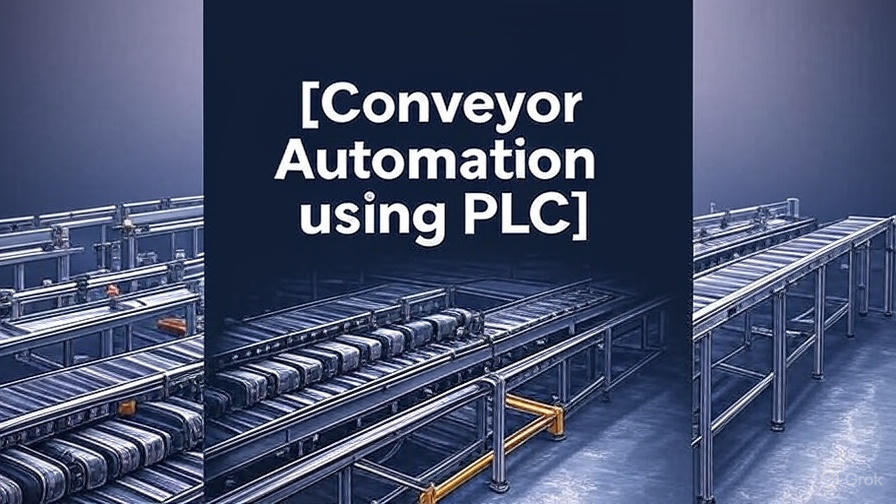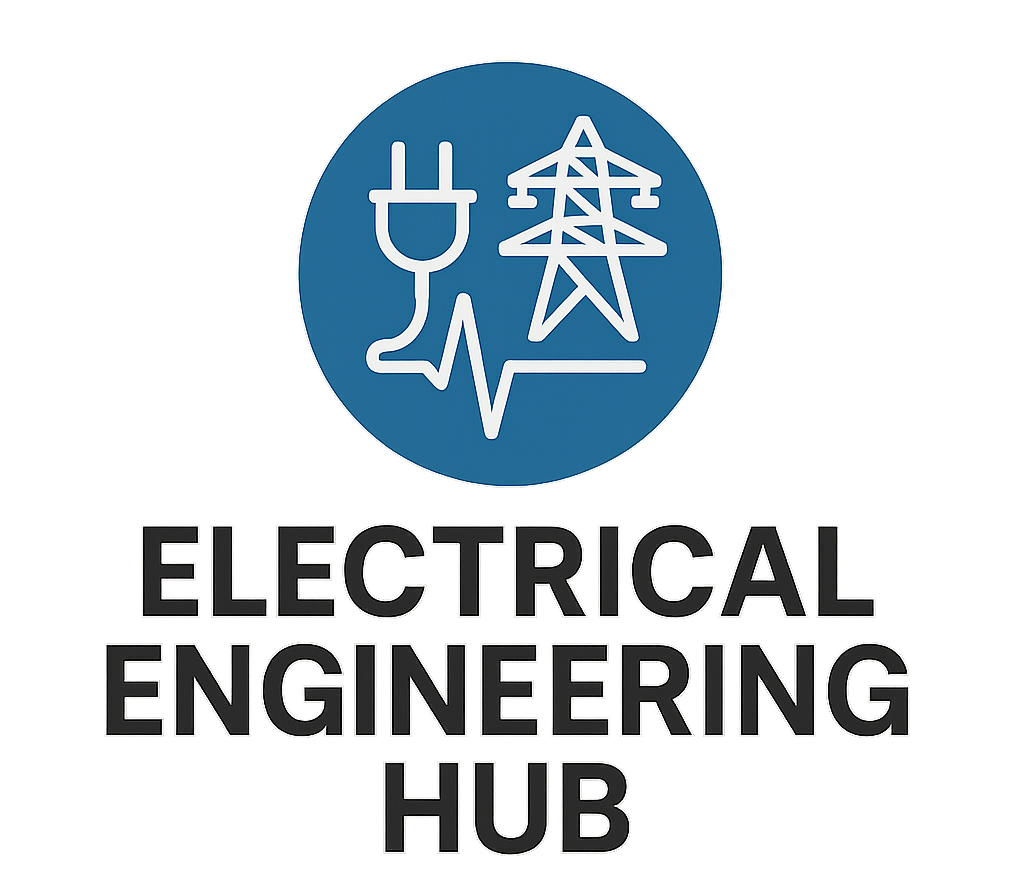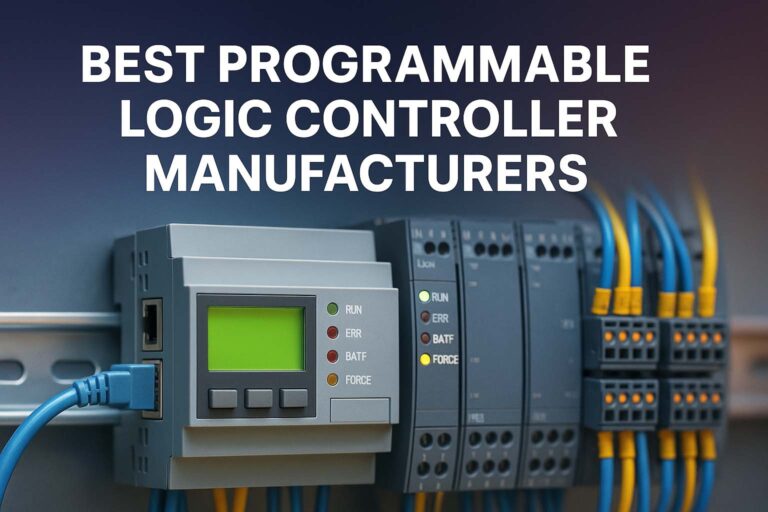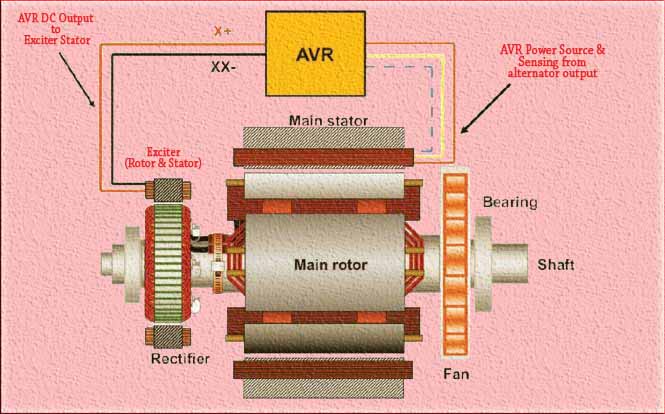Conveyor Automation using PLC Systems
Conveyor automation using PLC has revolutionized the industrial world. From packaging lines to material handling systems, programmable logic controllers (PLCs) play a critical role in enhancing efficiency and reducing labor costs. This article explores the core concepts, technical details, benefits, and real-world applications of conveyor automation with PLCs. Whether you’re an automation engineer or a plant manager, understanding this topic can help you make smarter decisions for your facility.

What is Conveyor Automation using PLC?
Conveyor automation using PLC involves the integration of programmable logic controllers to control and monitor conveyor systems. These systems are used for moving products from one point to another within a facility. PLCs allow these movements to be controlled precisely, reliably, and safely.
Traditionally, conveyors relied on manual controls and relays. But modern automation demands more flexibility and accuracy. PLCs provide that control with minimal downtime. They are easy to program, reconfigure, and scale. Industries like automotive, food processing, packaging, and pharmaceuticals benefit the most from automated conveyor systems.
Know more about Variable Frequency Drive Interview Questions
Why Use PLCs in Conveyor Automation?
PLCs are the brain of the automation system. They monitor sensor inputs, process logic, and control outputs like motors, actuators, and alarms. In conveyor systems, PLCs can:
- Start or stop the conveyor belt based on sensors.
- Manage speed variation according to load.
- Detect faults or jams and trigger alarms.
- Count items and track positions.
- Interface with HMIs and SCADA for monitoring.
The biggest advantage of using PLCs is reliability. These controllers are built for industrial environments. They can operate continuously in harsh conditions like heat, dust, and vibration.
Components of a PLC-Controlled Conveyor System
A typical conveyor automation system using PLC includes several essential components. Here’s a breakdown of the main ones:
| Component | Description |
|---|---|
| PLC Unit | Controls the entire system; runs ladder logic or structured text programs. |
| Sensors | Detect the presence, absence, or type of material on the conveyor. |
| Motors and Drives | Power the conveyor; controlled through VFDs or contactors via PLC outputs. |
| Actuators | Push or direct items on the belt based on logic conditions. |
| HMI (Human Interface) | Provides the operator interface for commands and diagnostics. |
| Power Supply | Ensures proper voltage for PLC and peripheral devices. |
| Networking Modules | For communication with SCADA, MES, or other PLCs. |
Each component must be selected carefully for the desired speed, load, and accuracy.
Know more about Low-cost Servo Motors for Material Handling Australia
How Conveyor Automation using PLC Works
The process starts with programming the PLC. Engineers use ladder logic or structured text to write the control algorithm. The program includes start/stop conditions, delay timers, counters, and safety checks.
When the conveyor starts, sensors feed real-time data into the PLC. The PLC processes this data and decides what to do next. For example, if a sensor detects a product at one end, the PLC can start the motor to move the item. If another sensor indicates a jam, the system can stop the motor and raise an alarm.
Here’s a simple logic flow:
- Start button is pressed.
- PLC checks if sensors are clear.
- If yes, motor turns ON.
- If item reaches destination, counter increments.
- If jam is detected, motor turns OFF, and alarm is triggered.
The entire cycle runs in milliseconds, ensuring smooth, efficient operation.
Common Types of Conveyors Automated with PLC
Conveyor automation using PLC is applicable to many types of conveyor systems. Some common examples include:
- Belt Conveyors: Ideal for bulk material or boxed products.
- Roller Conveyors: Used in packaging lines or assembly lines.
- Chain Conveyors: Suitable for heavy-duty material handling.
- Slat Conveyors: Often used in assembly and inspection applications.
- Incline Conveyors: Move materials between levels.
- Turntable Conveyors: Change direction or orientation of products.
PLCs offer flexibility in all these systems. You can add features like sorting, labeling, counting, or packaging with minimal changes in wiring or logic.
Know more about Best PLC Systems for Manufacturing Plants UK
Advantages of Conveyor Automation using PLC
Automating conveyors with PLC brings many benefits:
- Increased Productivity: Faster cycle times with fewer human interventions.
- Reduced Downtime: Fault detection and diagnostics reduce repair time.
- Enhanced Safety: PLCs can monitor emergency stops, limit switches, and safety curtains.
- Scalability: Easy to expand the system by updating the logic and adding modules.
- Consistency: Repeatable and accurate operations improve product quality.
- Remote Monitoring: Integration with SCADA allows supervision from control rooms or even remotely.
These advantages translate to better ROI over time. Businesses often recover their investment within a year through increased throughput and reduced labor costs.
Real-World Applications of PLC in Conveyor Systems
Let’s explore a few industries where conveyor automation using PLC is making a difference:
1. Food and Beverage:
In food processing plants, hygiene and speed are crucial. PLCs handle automated packaging, sorting, and inspection with minimal human contact.
2. Manufacturing and Assembly Lines:
Automated conveyors carry parts to each station. PLCs synchronize conveyor motion with robotic arms, screwdrivers, or pick-and-place machines.
3. Warehousing and Distribution:
Modern warehouses use conveyors with barcode scanners, RFID systems, and PLCs for sorting packages and directing them to the right location.
4. Mining and Cement:
Heavy-duty conveyors move tons of material. PLCs control the speed and monitor wear conditions, improving uptime.
5. Pharmaceutical Industry:
PLCs help manage clean-room conditions and automate blister packing, ensuring compliance and traceability.
Designing Conveyor Automation with PLC – Key Considerations
Before deploying conveyor automation using PLC, consider the following:
- Cycle Time: Determine how fast the system needs to operate.
- Load Requirements: Choose motors and conveyors that can handle the maximum load.
- Sensor Placement: Proper sensor locations prevent false triggers and improve reliability.
- Fail-Safe Logic: Include interlocks and emergency logic for safe operation.
- Maintenance Access: Design layouts for easy troubleshooting and part replacement.
- Scalability: Choose modular PLCs if expansion is expected.
- Energy Efficiency: Use VFDs for motor control and optimize run-time logic.
Selecting the right PLC model also matters. Entry-level PLCs may be sufficient for simple conveyor applications. Complex systems may require modular PLCs with high-speed counters, analog inputs, or motion control capabilities.
Conclusion
Conveyor automation using PLC is at the heart of modern industrial operations. From enhancing productivity to ensuring safety, PLC-controlled conveyors deliver immense value. Their flexibility, speed, and reliability make them the ideal choice for a wide range of applications.
As technology evolves, PLCs continue to integrate with IIoT, AI, and advanced motion systems. This opens the door to smarter, self-optimizing conveyor systems. Whether you’re retrofitting an old conveyor or designing a new one, PLC automation is a future-proof choice.
Follow Us on Social:
Subscribe our Newsletter on Electrical Insights for latest updates from Electrical Engineering Hub
#ConveyorAutomation, #PLCAutomation, #IndustrialAutomation, #SmartManufacturing, #AutomationEngineering, #PLCProgramming, #FactoryAutomation, #AutomationSolutions, #ProcessAutomation, #IndustrialControls, #EngineeringTechnology, #AutomationExperts, #ManufacturingInnovation, #SmartFactory, #AutomationDesign






